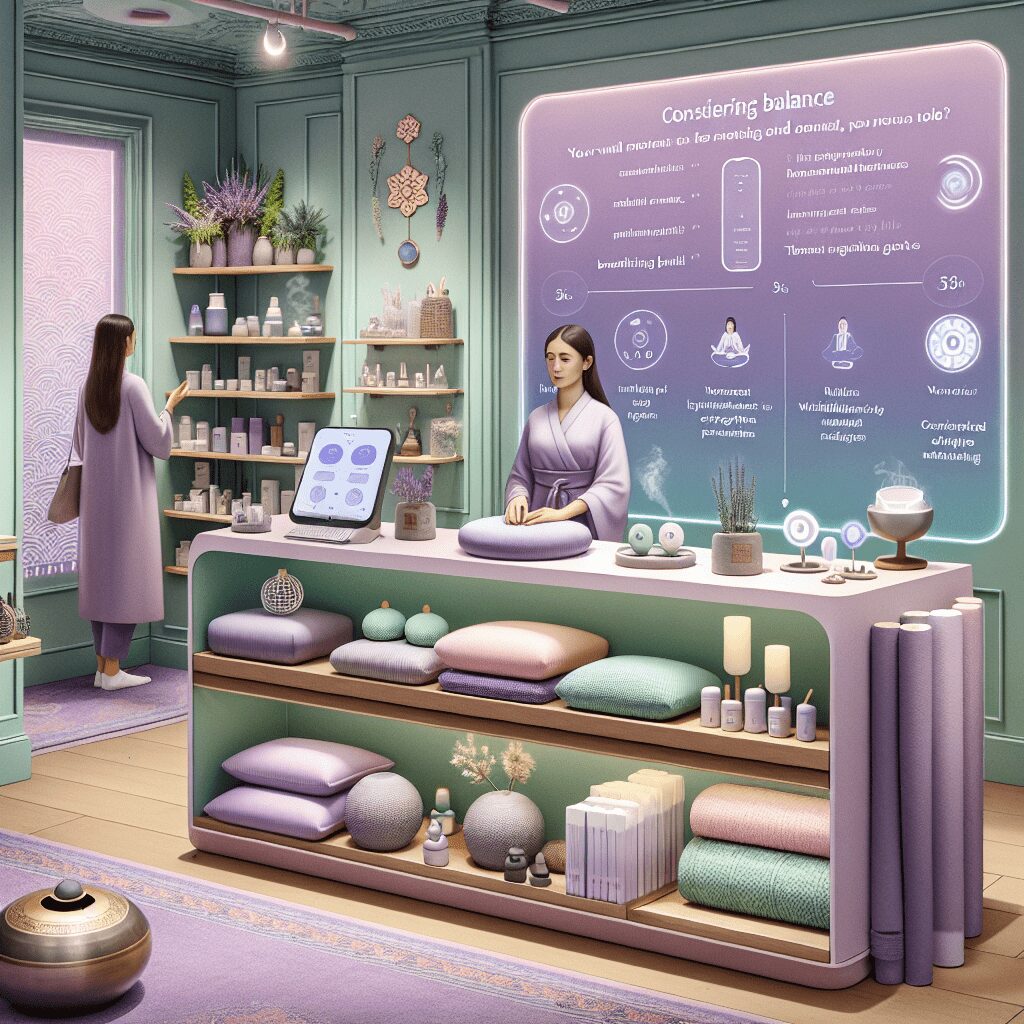
Prioritize your mental well-being daily. Enhance your life by nurturing your mental health with the Smart Meditation app. Break free from stress, alleviate anxiety, and enhance your sleep quality starting today.
What Are Second Generation Antidepressants?
Unlocking the Mysteries of Second Generation Antidepressants
In the vast ocean of mental health treatments, navigating through the various antidepressants available can feel like trying to find a beacon in the fog. However, shine a light on second-generation antidepressants (SGAs), and you’ll discover a group of medications that have revolutionized the approach to treating major depressive disorder (MDD) and beyond. Known for their improved side effect profiles and efficacy, SGAs are often the go-to choice for many healthcare professionals and patients alike. But what sets them apart, and why are they often preferred over their predecessors? Let’s dive into the details.
The Evolution from First to Second Generation
First, a quick trip down memory lane. First-generation antidepressants, including tricyclic antidepressants (TCAs) and monoamine oxidase inhibitors (MAOIs), paved the way for the medical treatment of depression. However, their significant side effect burden and dietary restrictions made them less than ideal for many patients.
Enter the second-generation antidepressants, which began making waves in the late 1980s and 1990s. Characterized by their selective mechanisms of action, these drugs were designed to target specific neurotransmitters in the brain, such as serotonin and norepinephrine, with the aim of minimizing unwanted side effects. As a result, SGAs can offer a smoother ride to recovery for many individuals battling depression.
Why SGAs Take the Cake
Targeted Action, Fewer Side Effects
The beauty of SGAs lies in their precision. By focusing on specific neurotransmitters, these meds are like skilled archers hitting the bullseye, reducing the scattergun effect seen with first-generation meds that could cause a plethora of side effects. Common SGAs include selective serotonin reuptake inhibitors (SSRIs) like sertraline (Zoloft) and escitalopram (Lexapro), as well as serotonin-norepinephrine reuptake inhibitors (SNRIs) like venlafaxine (Effexor) and duloxetine (Cymbalta).
A Broader Therapeutic Application
SGAs aren’t just one-trick ponies. Beyond battling the blues, they’re used for a variety of mental health conditions, such as anxiety disorders, obsessive-compulsive disorder (OCD), post-traumatic stress disorder (PTSD), and even chronic pain syndromes. This versatility makes SGAs quite the Swiss army knife in a psychiatrist’s toolkit.
Improved Tolerability and Adherence
Let’s face it, if a medication makes you feel worse before you feel better, sticking with it can be tough. Thankfully, the improved side effect profile of SGAs means that patients are more likely to stay the course. Better adherence translates to better outcomes, making these medications a win-win for both patients and healthcare providers.
Navigating the World of SGAs
While SGAs offer many advantages, finding the right medication is not always a walk in the park. It often requires patience and a bit of trial and error to find the perfect match. Factors such as individual biochemistry, existing health conditions, and even genetics can influence how well a medication works and is tolerated.
Moreover, while SGAs generally have fewer side effects than their first-generation cousins, they’re not entirely free from potential downsides. For instance, some individuals might experience sexual dysfunction, weight gain, or sleep disturbances. Therefore, open and regular communication with a healthcare provider is key to navigating any bumps on the road to wellness.
In essence, second-generation antidepressants have decidedly shifted the landscape of treating depression and other mental health conditions for the better. By offering a more targeted approach with fewer side effects, SGAs have opened the door to improved quality of life for many. As research continues and our understanding deepens, the future of SGAs looks as bright as the hope they offer to those on the journey to mental wellness.




